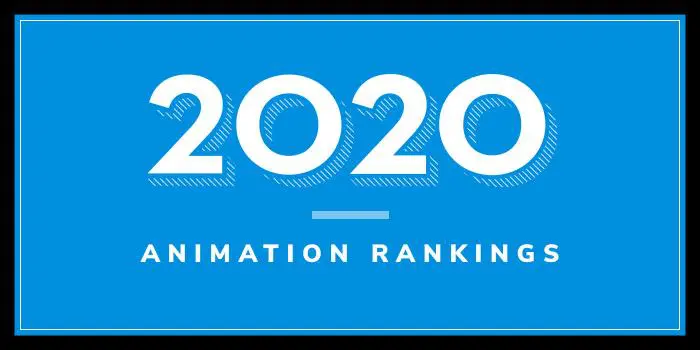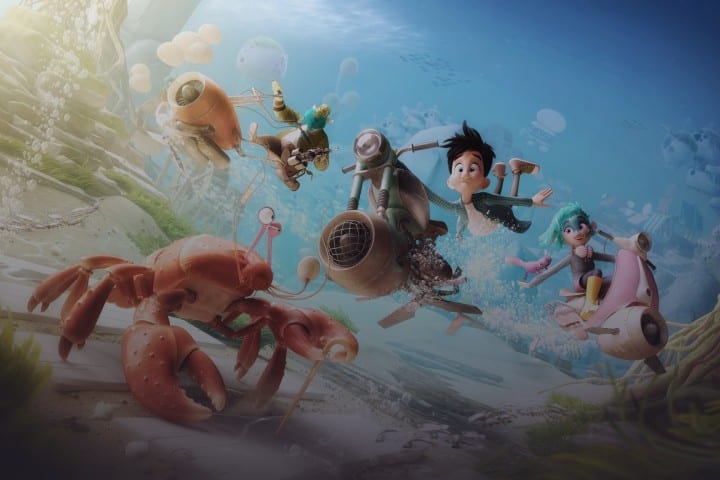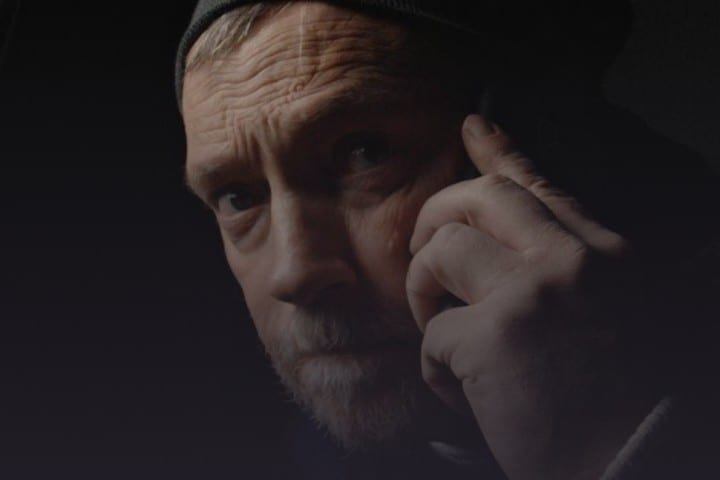
per artist
per artist
** Price applies to all non-Czech artists without funding opportunities from Czech Government.
21% VAT is deductible for VAT payers in the EU.
The course provides a comprehensive, in-depth understanding of procedural modeling in Houdini, focusing on practical skills you can apply to your projects. The course prepares you to create procedural models for various purposes, including integration into game engines.
On completion of this course, you will
- Gain a good understanding of the core concepts of Houdini and proceduralism.
- Be able to develop simple procedural workflows
- Learn how to troubleshoot a workflow
- Fix problems independently, allowing you to further learn Houdini by yourself.
- Create your own Houdini Digital Asset (.otl)
Artistsé participating in the procedural modeling course in Houdini can expect to take away a wealth of knowledge and skills, including:
- Proficiency in Houdini: Understanding and navigating the Houdini interface, including component selection and project management.
- Foundational Modeling Skills: Mastery of basic modeling operations like extrusions and bevels.
- Procedural Modeling Techniques: Ability to create complex 3D models using procedural methods, enhancing efficiency and creativity.
- Advanced Tool Use: Experience with advanced tools such as VDBs for volumetric manipulations and intricate surface creation.
- Scripting Capabilities: Basic knowledge of VEX scripting to automate tasks and optimize procedural workflows.
- Practical Application: Hands-on experience applying learned skills to real-world projects and challenges during the course.
- Project Development: Development of individual projects that can be included in professional portfolios, showcasing their skills to potential employers.
- Texturing and UV Mapping: Techniques for effective UV mapping and encouragement to use external tools for texturing to enhance visual appeal.
- Software Integration: Skills in integrating Houdini with other platforms like Unreal Engine, preparing for multi-software environments in the industry.
- Collaborative Experience: Opportunities for collaboration and learning from peers, as well as from professionals in the industry.
- Industry Insight: Enhanced understanding of the digital content creation industry, particularly in games, film, and motion design.

About the course
This lab is designed for technical artists, modelers or environment artists who wish to leverage the power of procedural modeling in Houdini.Learn a range of geometry creation techniques, encompassing common polygonal operations, UVs, curves, to point clouds, VDB volumes, instancing, scripting and more.
The level always has to be somehow adjusted depending on the participants and, as a teacher, Vincent is used to that. Some participants have no experience with Houdini and struggle with the hotkeys. But they learn a lot in two weeks and get to create many things nonetheless. Others have experience with the software already and come with the expectation to acquire or develop knowledge in specific areas: architecture, vegetation, world building. In the first week, the goal is to share as many techniques as he can so everybody feels empowered with Houdini’s broad range of tools. The second week is for personal projects. This is your chance to squeeze every bit of knowledge from Vincent. He would be happy to assist you in your project journey. Different people will tackle this differently depending on their skills/interests. That’s the beauty of Houdini! Don’t hesitate if you have any more questions to reach out to us and propose topics that you want to explore.
Upon completing this course, you will be able to craft procedural models —both organic and hard surfaces— that can be easily modified and duplicated to generate variations. Turn your creations into Houdini Digital Assets, ready for import into a game engine.
WEEK 1
This foundational week is designed to get all students to a common understanding of Houdini’s capabilities and start applying basic procedural techniques in practical tasks. The focus is on mastering the interface and essential tools, setting the stage for more advanced topics in the following week. For the first week of the course on procedural modeling in Houdini, the topics covered include:
- Introduction to Houdini:
- Overview of the software interface
- Navigation within the software
- Selecting components
- General workflow and project management basics
- Basic Modeling Operations:
- Extrusions
- Bevels
- Basic procedural operations and their chaining
- Introduction to Procedural Modeling:
- Understanding procedural assets
- Creating simple objects using procedural rules
- Basic Procedural Techniques:
- Use of curves and lines in modeling
- Introduction to point clouds for copying and instancing
- Practical Application:
- Morning lectures followed by afternoon practical sessions
- Application of learned skills on small practical examples
- Challenges provided by the instructor, with the option to work on personal ideas
- Attributes and Expressions:
- Introduction to attributes in Houdini
- Using expressions to make operations adaptable
WEEK 2
This week aims to solidify the students’ understanding of advanced procedural modeling, encouraging them to apply these skills to their own creative projects while preparing them for professional applications of Houdini in various industries. For the second week of the course on procedural modeling in Houdini, the topics focus on more advanced techniques and personal project work, including:
- Advanced Modeling Techniques:
- Introduction to more complex procedural modeling techniques
- Advanced operations and their practical applications in creating intricate designs
- Instancing and Replication:
- Deep dive into instancing techniques
- Use of point clouds for complex instancing tasks
- Volumes and VDBs (Volumetric Data Blocks):
- Using VDBs for creating intricate and abstract surfaces
- Techniques for blending and manipulating surfaces volumetrically
- Scripting and Automation:
- Introduction to scripting in Houdini using VEX
- How scripting can streamline workflows and enhance procedural operations
- Attributes and Procedural Selections:
- Advanced attribute management
- Understanding groups and procedural selections for complex geometries
- Personal Projects:
- Students are encouraged to work on their own projects, applying techniques learned
- Development of portfolio pieces based on individual ideas and creativity
- Texturing and UV Mapping:
- Techniques for effective UV mapping
- Encouragement to use external tools like Substance or Photoshop for texturing
- Integration with Other Software:
- Bringing Houdini assets into Unreal Engine
- Overview of asset integration and live modification in game engines
- Review and Feedback:
- Personalized feedback on student projects
- Review sessions to refine techniques and resolve challenges
- Collaborative Learning and Networking:
- Opportunities for collaboration between different course groups
- Discussions about the industry and networking with peers and professionals
How it works
Course format
The lab combines traditional lectures with hands-on exercises. Throughout the course, you will be encouraged to work on your own project using techniques learned in class.
Prerequisites
This lab is open to everyone familiar with 3D content creation or nodal systems. Technically-inclined artists or artists with prior Houdini experience will be able to build sophisticated systems for environments and level design.
Lesson plan
1. Introduction to Procedural Modeling
- A brief overview of procedural modeling in Houdini.
- Understanding the benefits of procedural modeling for technical artists, modelers, and environment artists.
2. Geometry Creation Techniques
- Exploring common polygonal operations in Houdini.
- Introduction to UVs, curves, point clouds, and VDB volumes.
- Hands-on exercises to practice each technique.
3. Instancing and Scripting
- Overview of instancing techniques for efficient scene population.
- Introduction to scripting for procedural control.
- Collaborative scripting exercises to reinforce learning.
4. Crafting Procedural Models
- A hands-on session to apply learned techniques in crafting both organic and hard surface models.
- Troubleshooting common issues and challenges in procedural modeling.
5. Houdini Digital Assets
- Understanding the concept of Houdini Digital Assets (HDAs).
- Converting procedural models into HDAs.
- Testing and importing HDAs into a game engine.
6. Final Project and Review
- Participants will work on a final project to create a complex procedural model.
- Peer review and feedback session.
Who is it for
Equally suited for avid learners as well as more experienced artists who wish to hone and/or diversify their skill sets. The course is for CG artists to embrace Houdini as either:
- beginners for whom it’s a new VFX tool or,
- strengthen skills and understanding for those who already have some experience with Houdini.
These prerequisites ensure that participants are well-prepared to engage with the course content effectively and maximize their learning experience.
- Basic Understanding of 3D Modeling: Familiarity with the fundamental concepts of 3D modeling and digital content creation.
- Experience with 3D Software: Prior experience with any 3D software package, which helps in grasping procedural modeling concepts more efficiently.
- Interest in Technical Art: A keen interest in the technical aspects of art creation, such as procedural generation and automation within 3D environments.
- Foundational Computer Graphics Knowledge: Some academic or practical knowledge of computer graphics, which could be through formal education or self-study.
- Problem-Solving Skills: Ability to think critically and solve problems creatively, which is essential for tackling the challenges presented by procedural modeling.
- Willingness to Learn Advanced Techniques: A readiness to dive into more complex and technical aspects of 3D modeling, even if they initially appear daunting.
Where will this get you
All participants will get well-respected qualification within the industry, demonstrating you’ve studied an industry-based course under expert supervision and have the practical, hands-on skills to continually growing as a professional studios are looking for.
There is significant demand in the industry for skills in procedural modeling and the use of tools like Houdini, as indicated in the provided text. Here are several reasons why these skills are highly sought after:
- Efficiency in Content Creation: Procedural modeling allows for the efficient creation of complex 3D models and environments. This is particularly valuable as games and digital media increasingly require detailed, expansive worlds. The ability to automate repetitive tasks and generate vast amounts of content quickly is a critical asset.
- Scalability: As video games and films push towards more detailed and dynamic environments, the ability to scale content without linear increases in time and labor becomes crucial. Procedural techniques provide scalability, enabling studios to create larger and more complex scenes with fewer resources.
- Customization and Variability: Procedural modeling supports high levels of customization and variability, allowing artists to produce a wide range of outputs from a single set of rules. This capability is particularly useful in industries like gaming and film, where assets often need multiple variations.
- Integration with Industry Standard Software: The integration of Houdini with other industry-standard software like Unreal Engine enhances workflow efficiency and compatibility across different stages of production. This kind of integration is valuable for studios that work with complex pipelines involving multiple software tools.
- Advanced Technical Skills: The demand for technical artists who can bridge the gap between creative and technical roles in a production environment is growing. Skills in procedural modeling not only include artistic abilities but also involve understanding complex technical processes and scripting, making these artists extremely valuable in team settings.
- Versatility Across Industries: Procedural modeling is not just applicable to games and film but is also increasingly relevant in motion design, virtual reality (VR), augmented reality (AR), and even in industrial design. This versatility opens up numerous career paths for skilled professionals.
- Future-Proofing Careers: Learning cutting-edge techniques like those taught in Houdini procedural modeling courses prepares professionals for future technological advancements and changes in production techniques. This adaptability is crucial in an industry characterized by rapid technological evolution.
Catch the list of studios at the end of the Houdini Game Reel.
Fees and funding
Fees
Czech artists: 288€
All other artists: 1 600€
The fee covers participation in the course and includes 21% VAT (deductible for VAT payers in the EU countries and businesses outside EU). It doesn’t cover accommodation, meals, and travel.
Approximate living costs during your stay in the Czech Republic:
- Accommodation at the venue: 25 EUR / night
- Breakfast at the hotel – 7 EUR
- Restaurant meal between 5 – 10 EUR
- Grocery in general – 50 EUR per person a week
Funding for Czech employees and freelancers
Czech Labour Office (Úřad práce) offers to cover up to 85% of the course fee within the so-called POVEZ II project (Support of Vocational Training for Employees II). See the details and conditions here.
Cancellation Policy
- In the case of cancellation 6 weeks or more before the course starting date, the whole fee (course fee, or course fee + accommodation) will be refunded minus 150€ admin fee.
- With less than 6 weeks‘ notice, 50% of the total course fee will be refunded.
- If cancellation occurs in the final 30 working days before the starting date, no refund will be given.
- However, we will consider transferring the fees to another course (conditional upon vacancies) but a 20% cancellation fee will be charged if this change will be made in less than 4 weeks before the course starting date.
- We reserve the right to cancel a course if fewer than 4 people are enrolled. In this case we can transfer your fees to any future course or refund the fees you have paid in full.
- Refunds will be paid within 2 weeks after receiving your full bank details.
Direct interaction
with world class
mentors from top
studios
Our Mentors Location & facilities
Litomyšl
The courses and labs are held in the facility of EUROPEAN TRAINING CENTER
in a picturesque small town Litomyšl in the middle of the Czech Republic
(about 140 km from Prague).

Renowed renaissance castle complex

Courses take part in former brewery house

Interiers
More than
800 students from
32 countries
Show all testimonials - 1/3
- 2/3
- 3/3
per artist
per artist
** Price applies to all non-Czech artists without funding opportunities from Czech Government.
21% VAT is deductible for VAT payers in the EU.
ANOMALIA RANKED AMONG BEST ANIMATION SCHOOLS!
Every year Animation Career Review ranks the best animation schools from nearly 200 considered choices across the globe.
ANOMALIA is pleased and proud to share that we have been ranked by Animation Careers and listed in the category of professional programs as:






